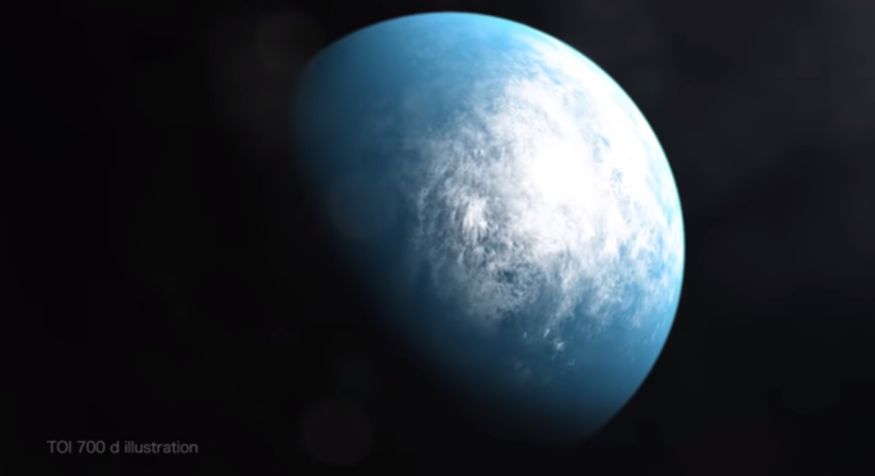
Ever since NASA's Kepler Space Telescope discovered exoplanets during the duration of its 9-year mission, astronomers did not stop finding exoplanets in hopes of understanding and knowing our universe more (and maybe find life as well). A couple of years ago, the agency launched another satellite that will hunt exoplanets by using the transit method -- this spacecraft is called Transiting Exoplanet Survey Satellite or TESS.
It has been a productive new year so far for TESS as it finds its first Earth-sized planet located at a habitable zone of its star. This is a promising find since there are only a few Earth-sized planets located at the habitable zones of their host star. The discovery was confirmed by the Spitzer Space Telescope. Astronomers proceeded to call the newly-discovered Earth-sized exoplanet TOI 700 d and can be found a hundred light-years away from Earth. TOI 700 d orbits a red dwarf star within the constellation Dorado.
With regards to naming the planet, astronomers put a tag at the end of its name as some sort of a mark regarding its distance from its host star. Usually, this 'mark' is a letter as with the case of TOI 700 d pertaining to it as the fourth planet from the star. Letters 'b' and 'c' are designated to the planets that are immediately close while the letter 'a' is reserved for the host star. This system's host star is a relatively smaller red dwarf with only 40% the mass of the Sun. TOI 700 was first identified, astronomers mistook it for something similar to our resident star. Emily Gilbert, a graduate student at the University of Chicago and one of the researchers for this project explains that corrections came after the team was able to measure TOI 700's parameters.
TESS is programmed to find Earth-sized planets, it was lucky to do so. To find exoplanets, TESS would have to monitor the sky for every 27 days and wait to find a dip in the stars. These 'dips' or a drop in the star's brightness can only mean that an exoplanet is in transit with that star. This newly-discovered system is relatively close to our own solar system and due to this closeness, follow-up observations will be relatively a breeze.
In a statement issued by NASA, astrophysics division director Paul Hertz explained that the nearby stars are the easier one to do a follow-up observation using larger telescopes based on the planet and in outer space. "Confirming the planet's size and habitable zone status with Spitzer is another win for Spitzer as it approaches the end of science operations this January." He says.
One of the problems that astronomers identified with exoplanets orbiting red dwarf stars is the possibility of being affected by the flaring of these stars. Although red dwarf stars are potentially crucial for the development of the planets around it, it can also put them in danger especially when the flaring doubles in energy output in a matter of minutes. Because of this factor, there are still debates on whether or not red dwarf stars truly show a potential of habitability.
Luckily, Gilbert explains that the TOI 700 does not exhibit flaring activity. This is observed within the 11 months of data. "This improves the chances TOI 700 d is habitable and makes it easier to model its atmospheric and surface conditions." She says. That is, indeed, a piece of good news however there is still another existing issue concerning red dwarf stars: tidal locking. Most red dwarf stars produce less energy that is why to be able to be habitable, planets that orbit this star would be close to it -- but it is still not a win as it causes tidal locking.
© 2025 ScienceTimes.com All rights reserved. Do not reproduce without permission. The window to the world of Science Times.












